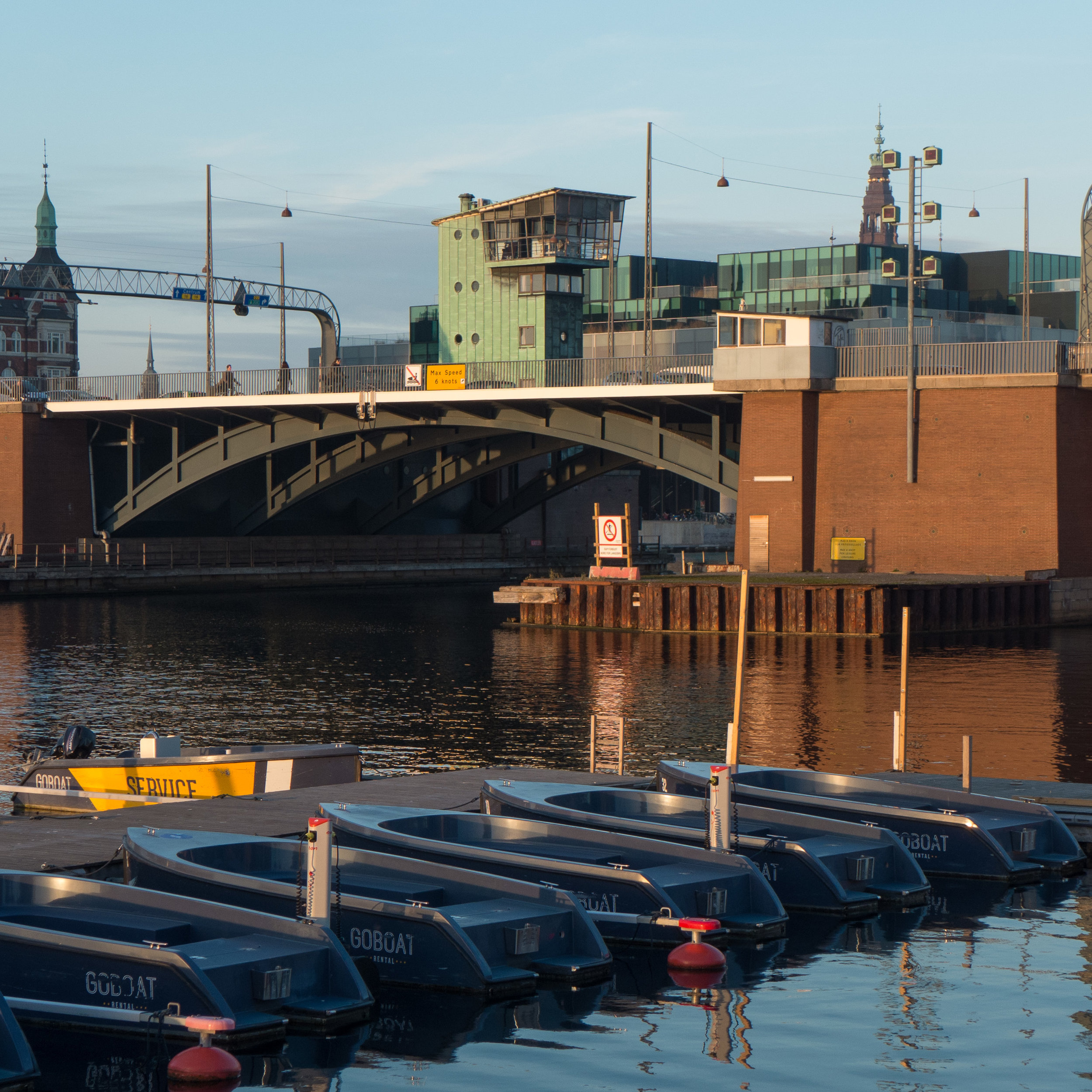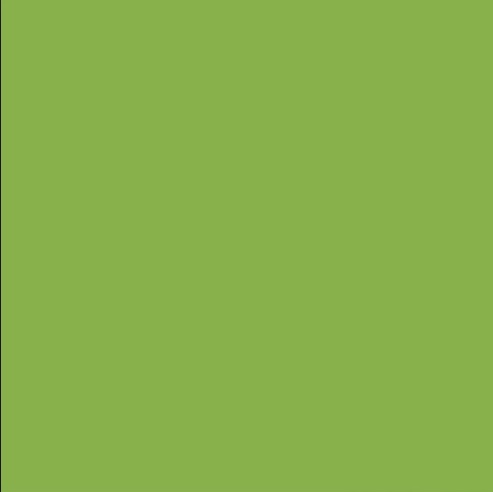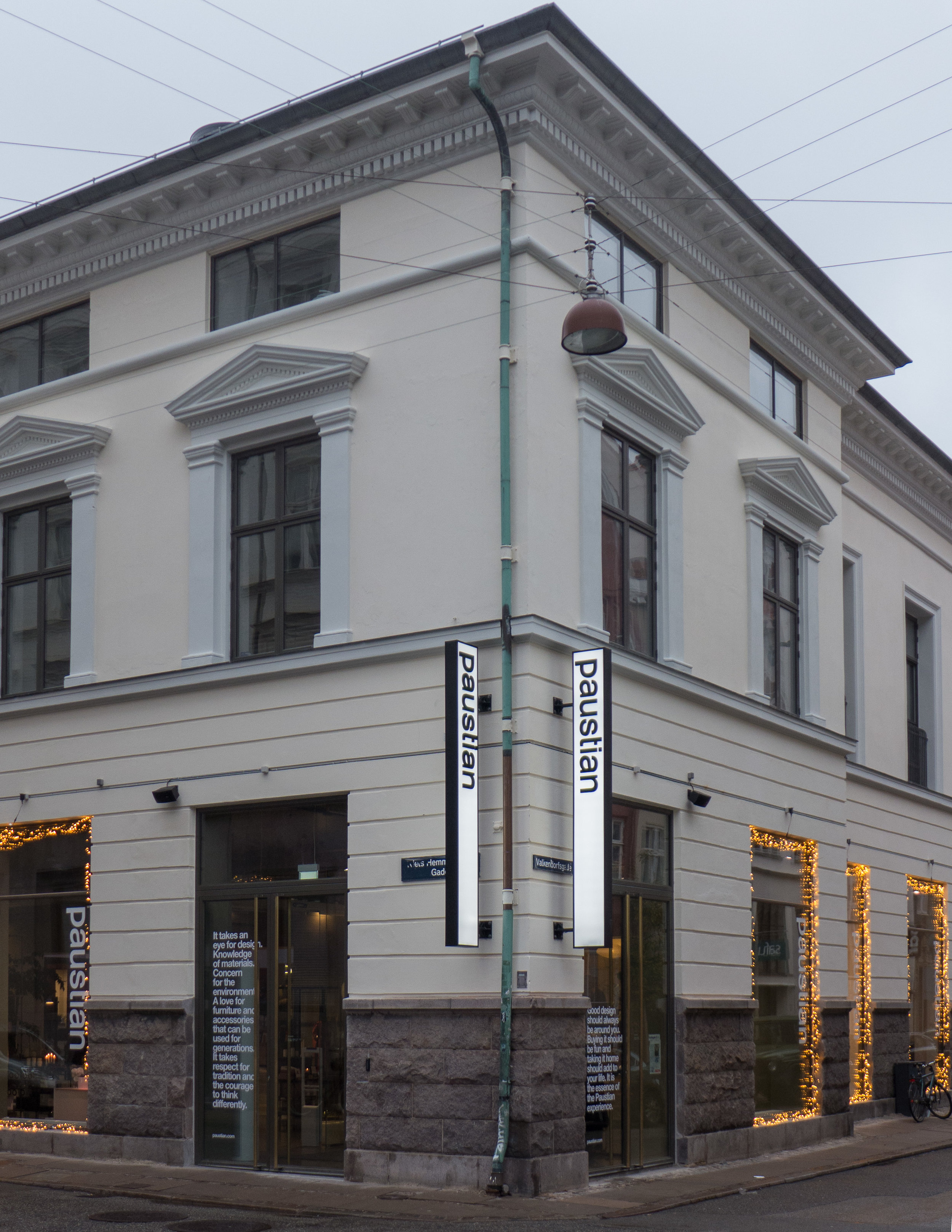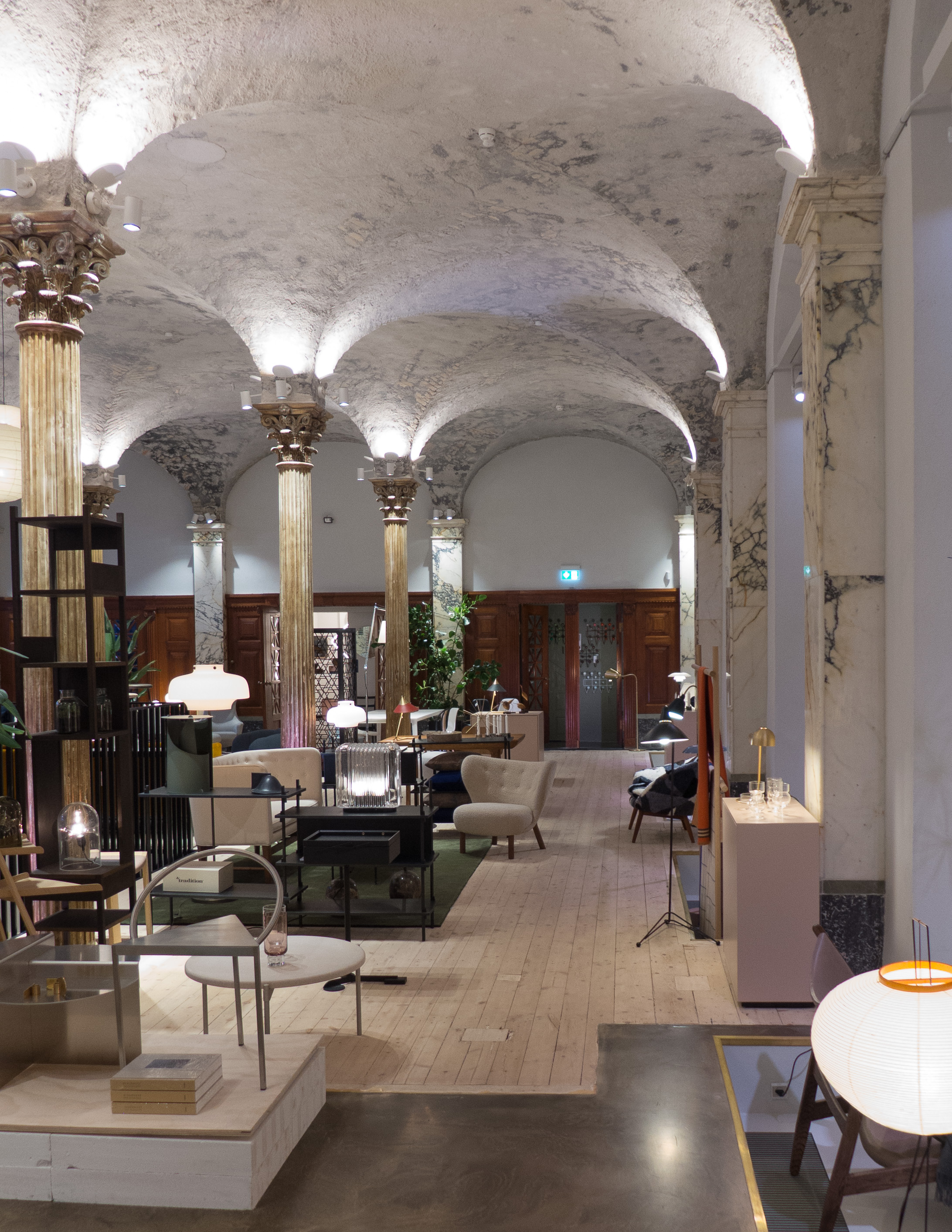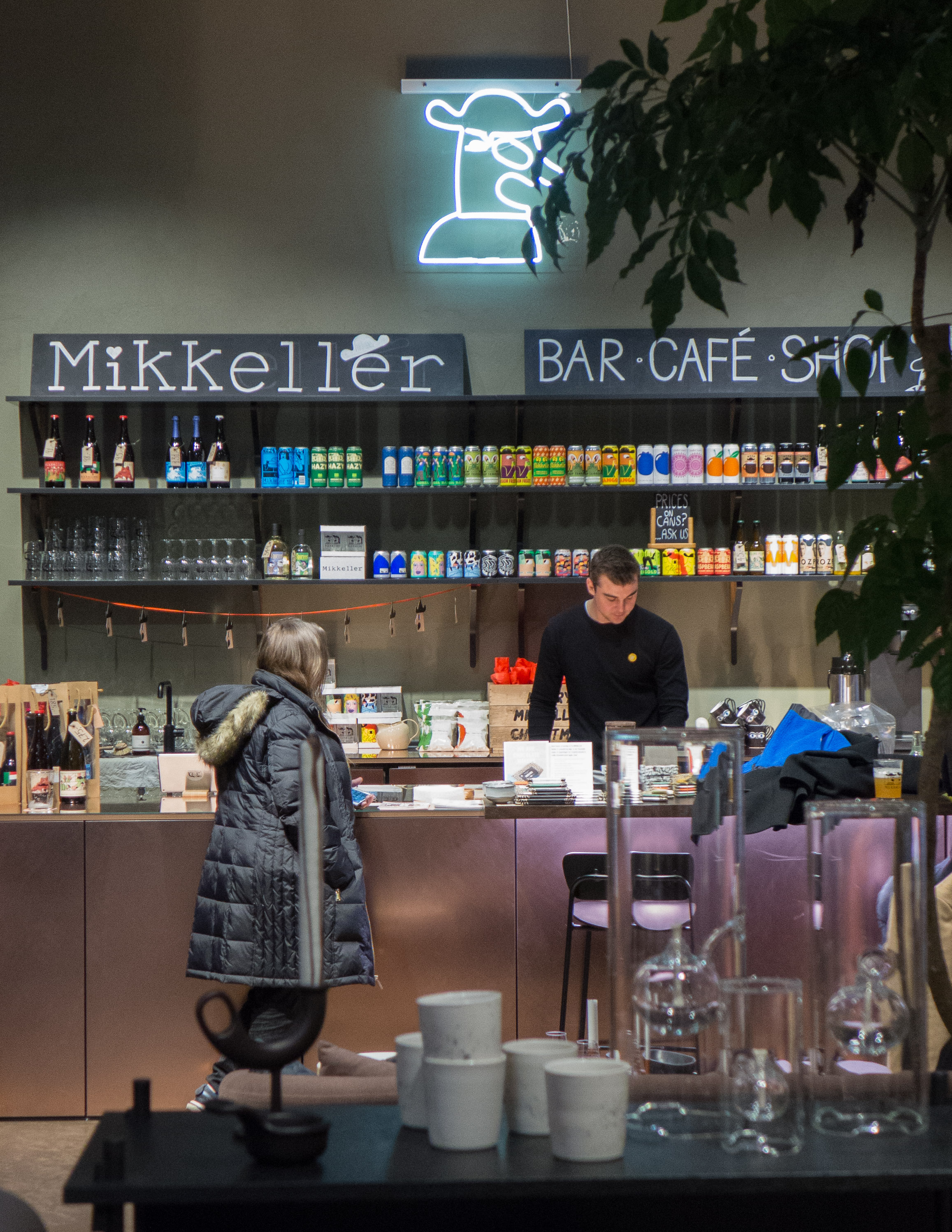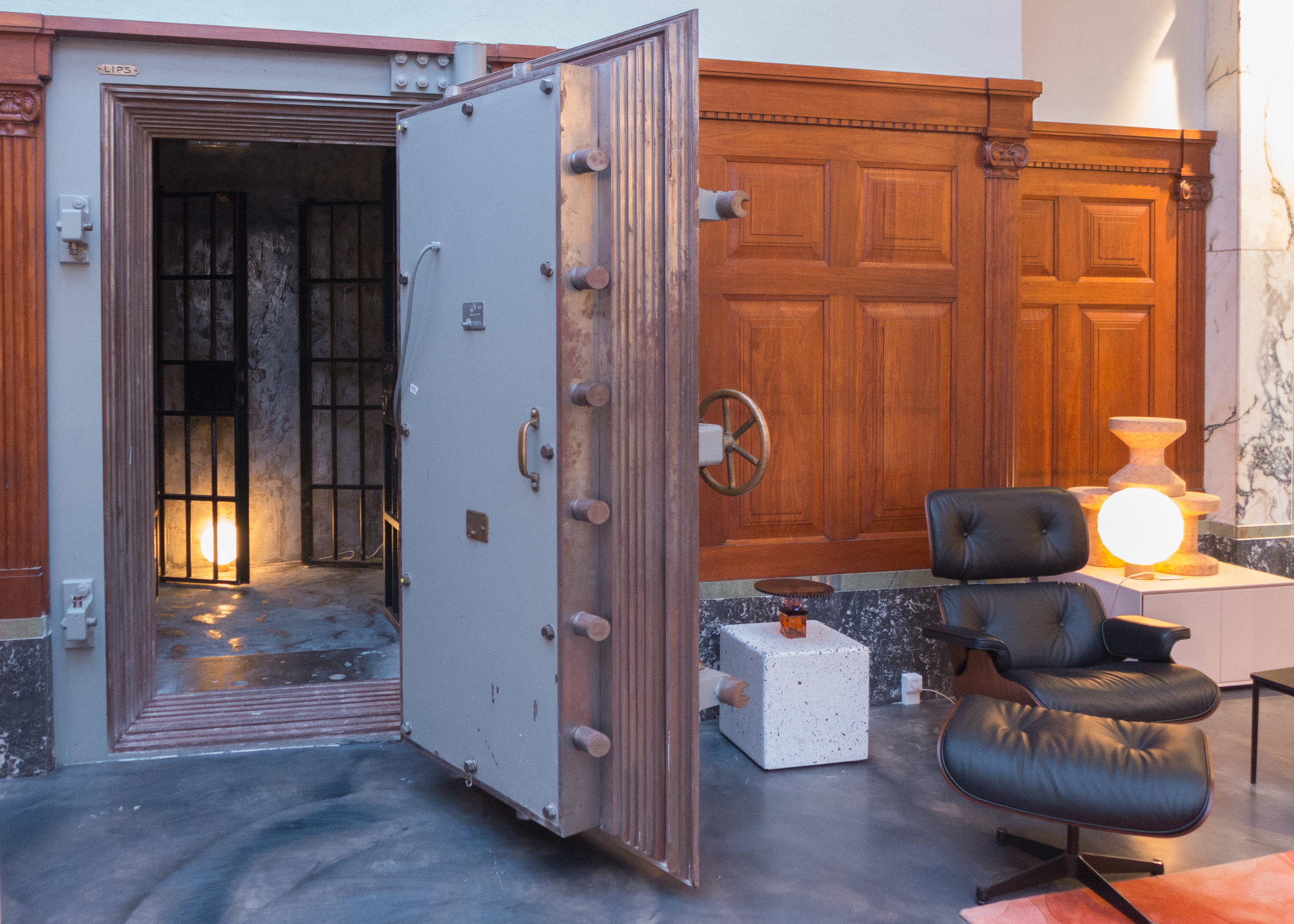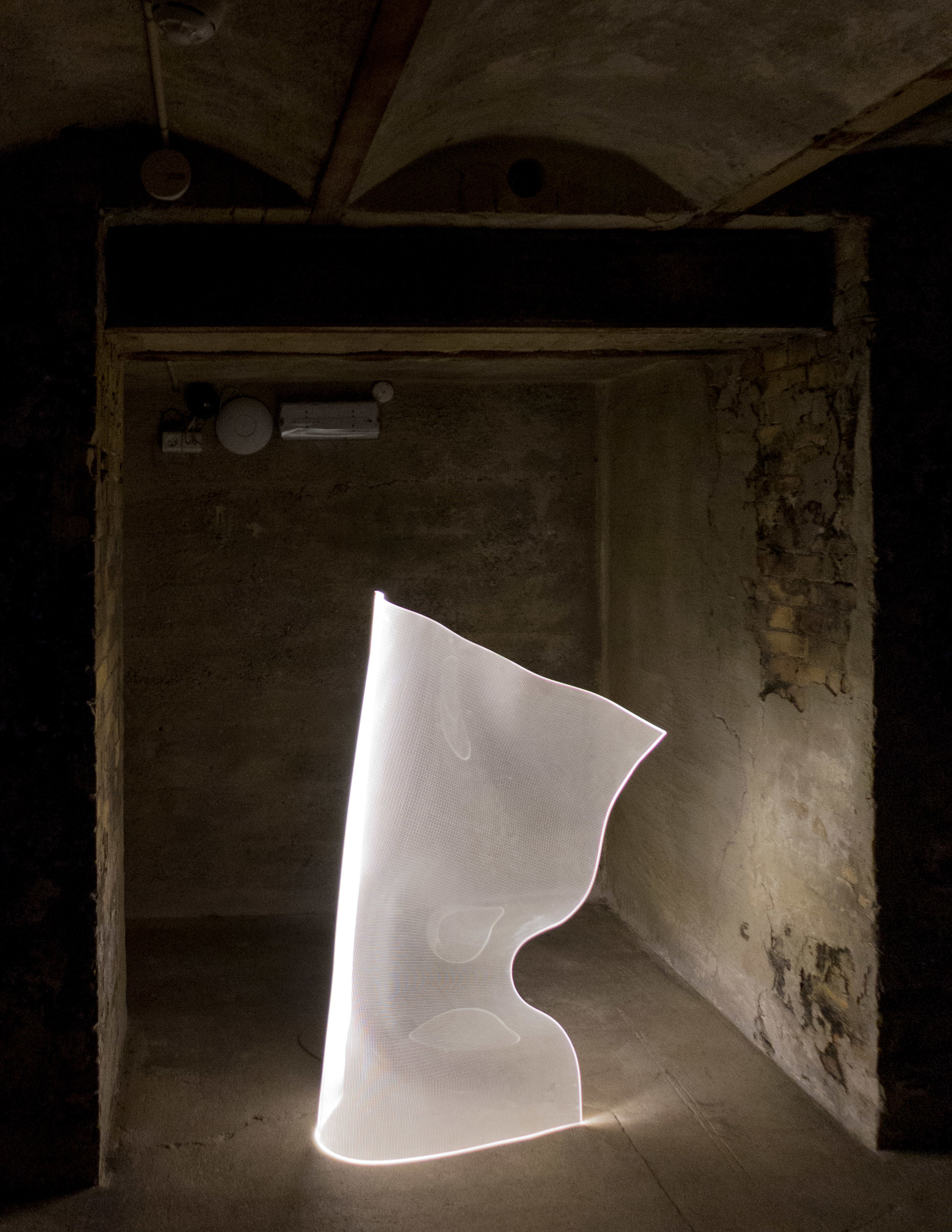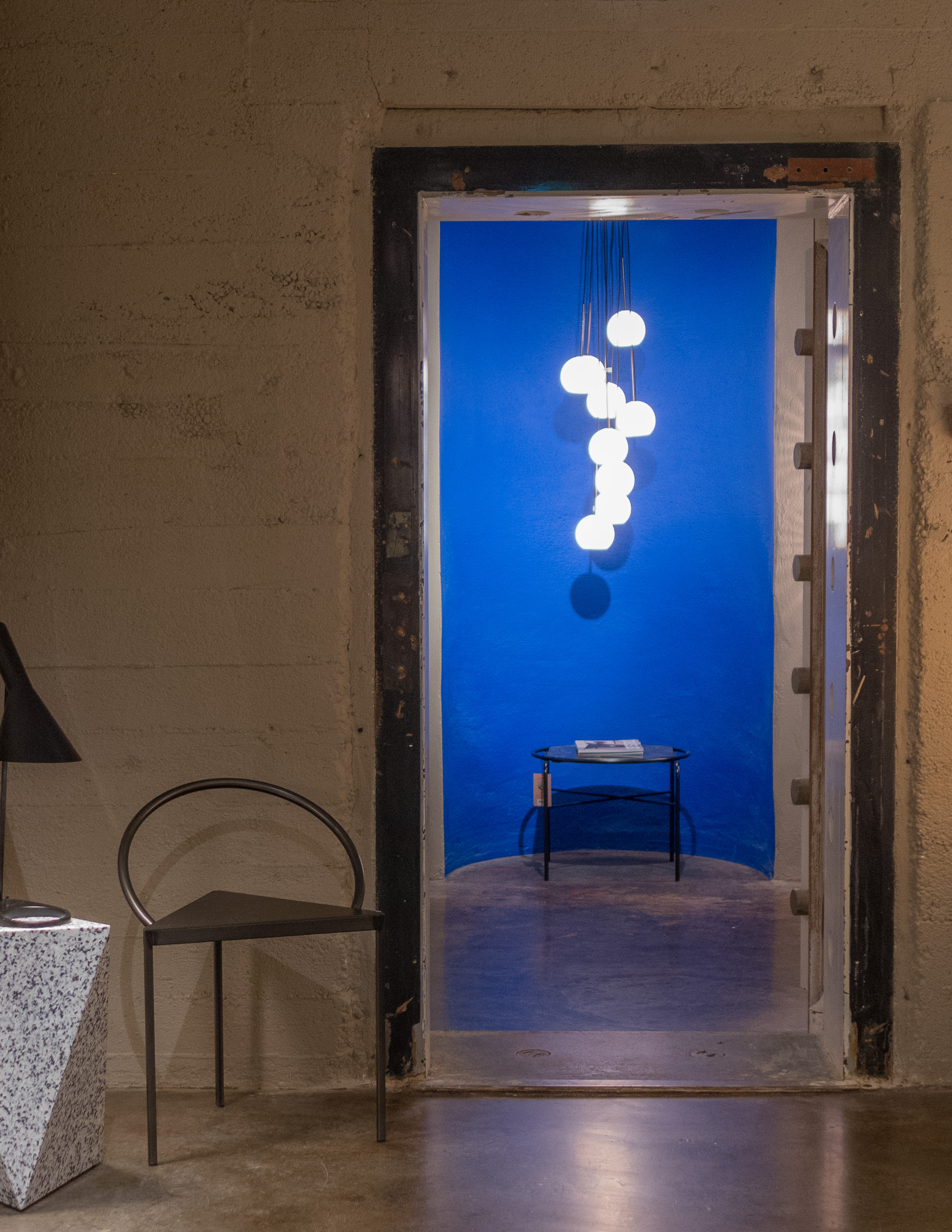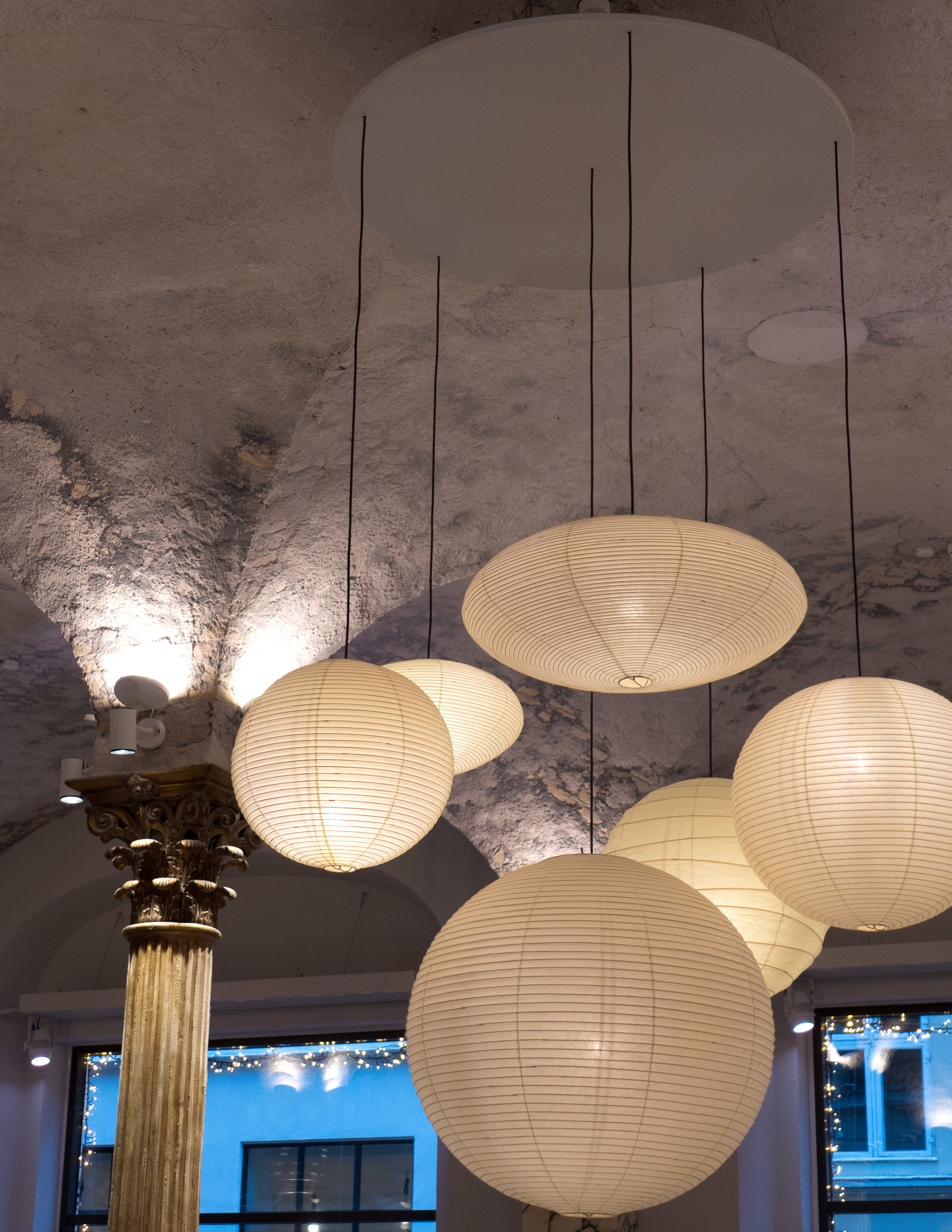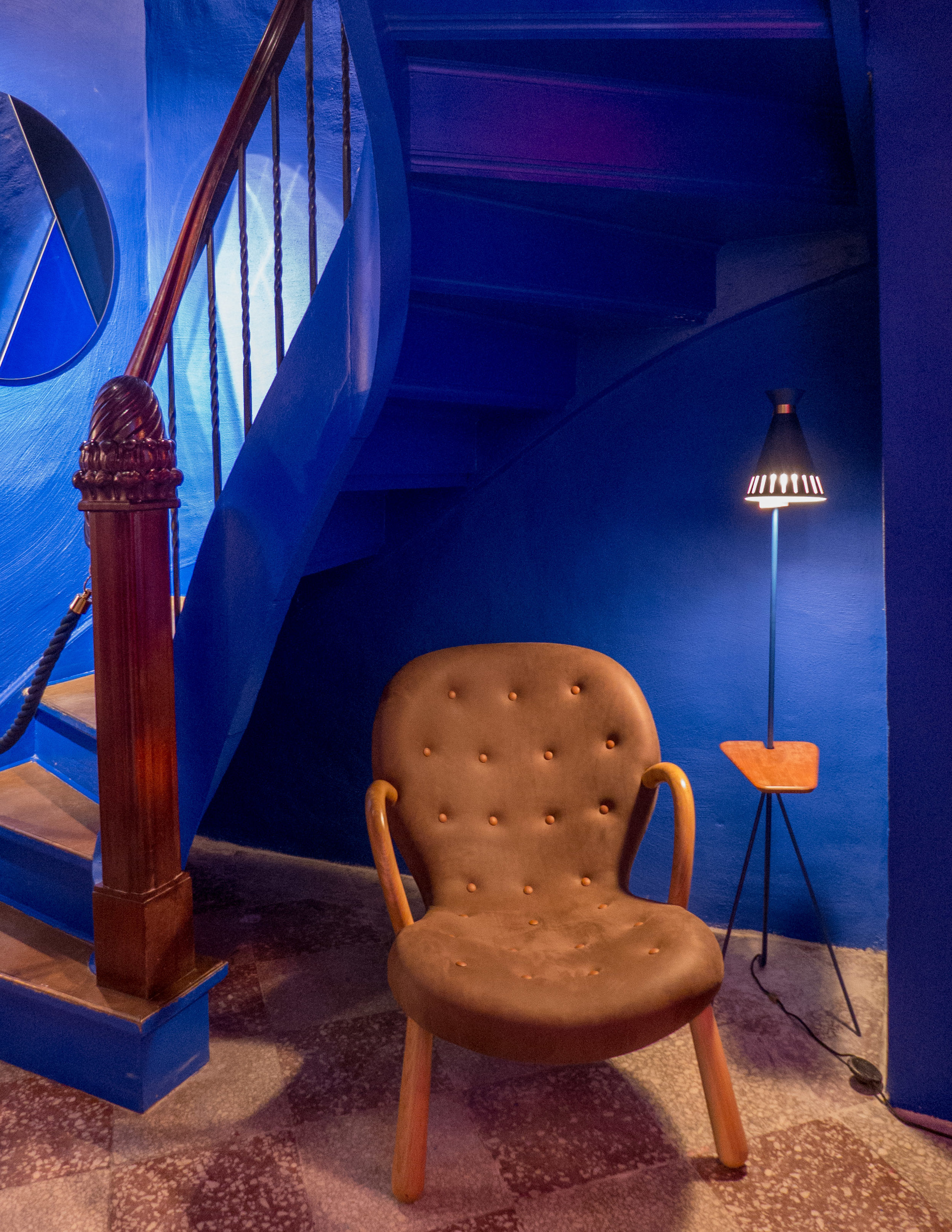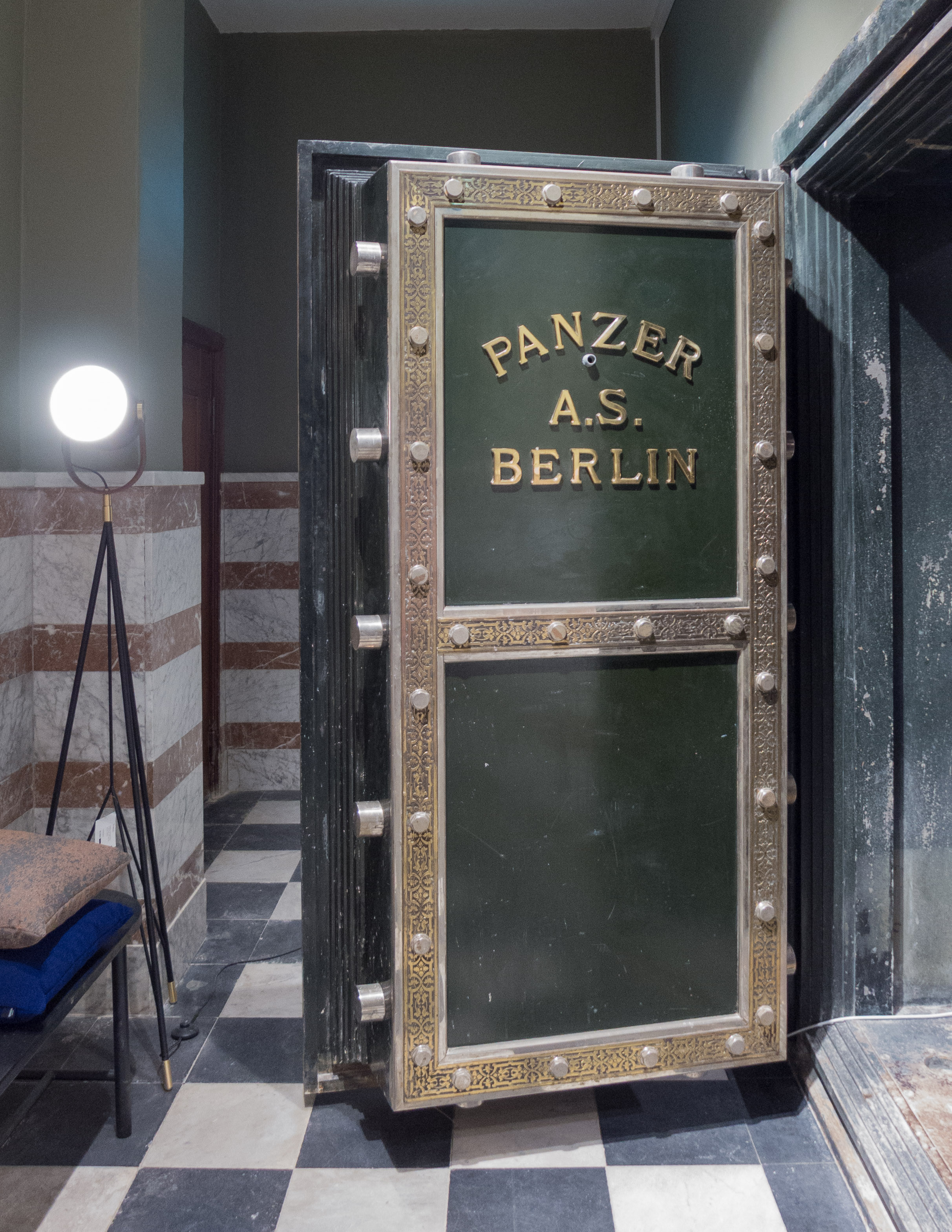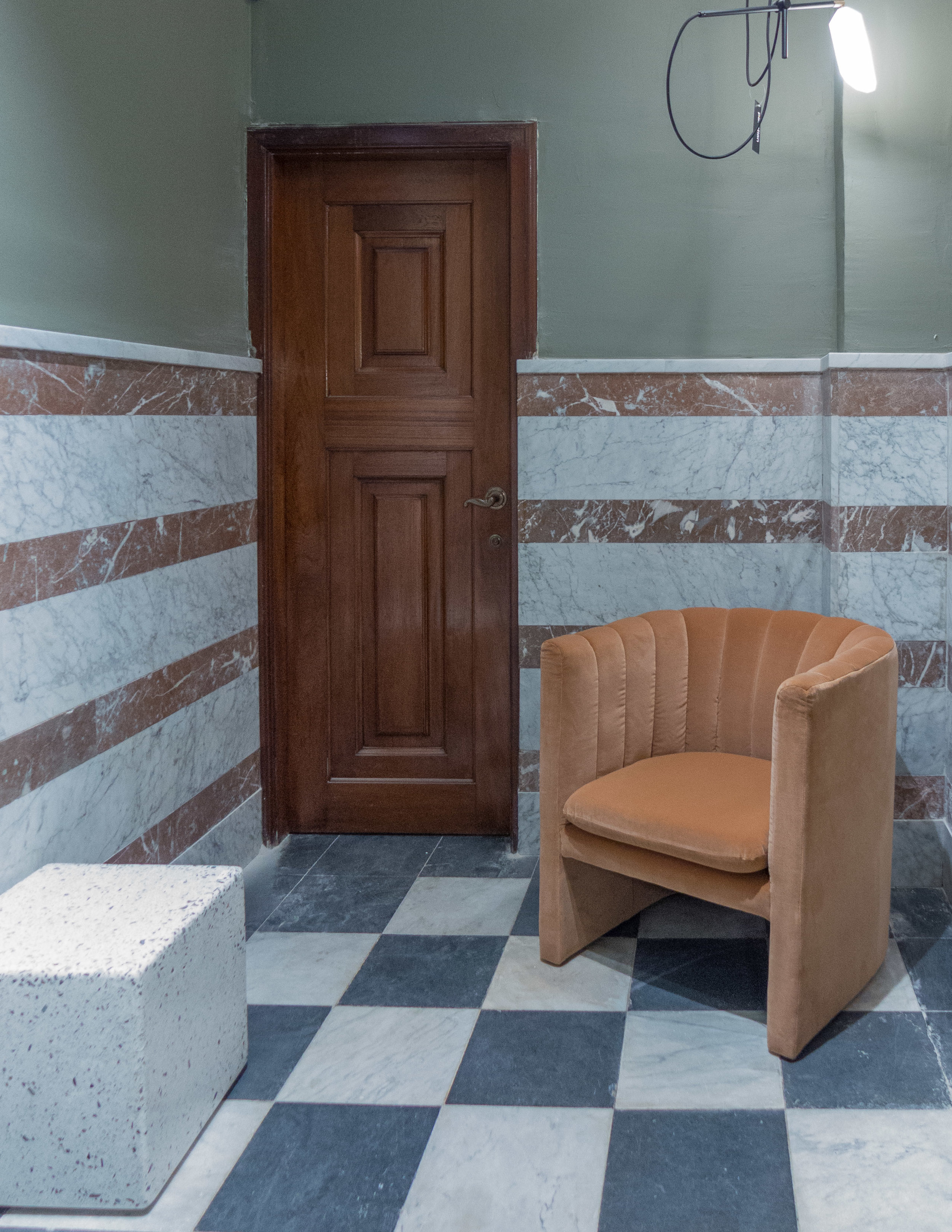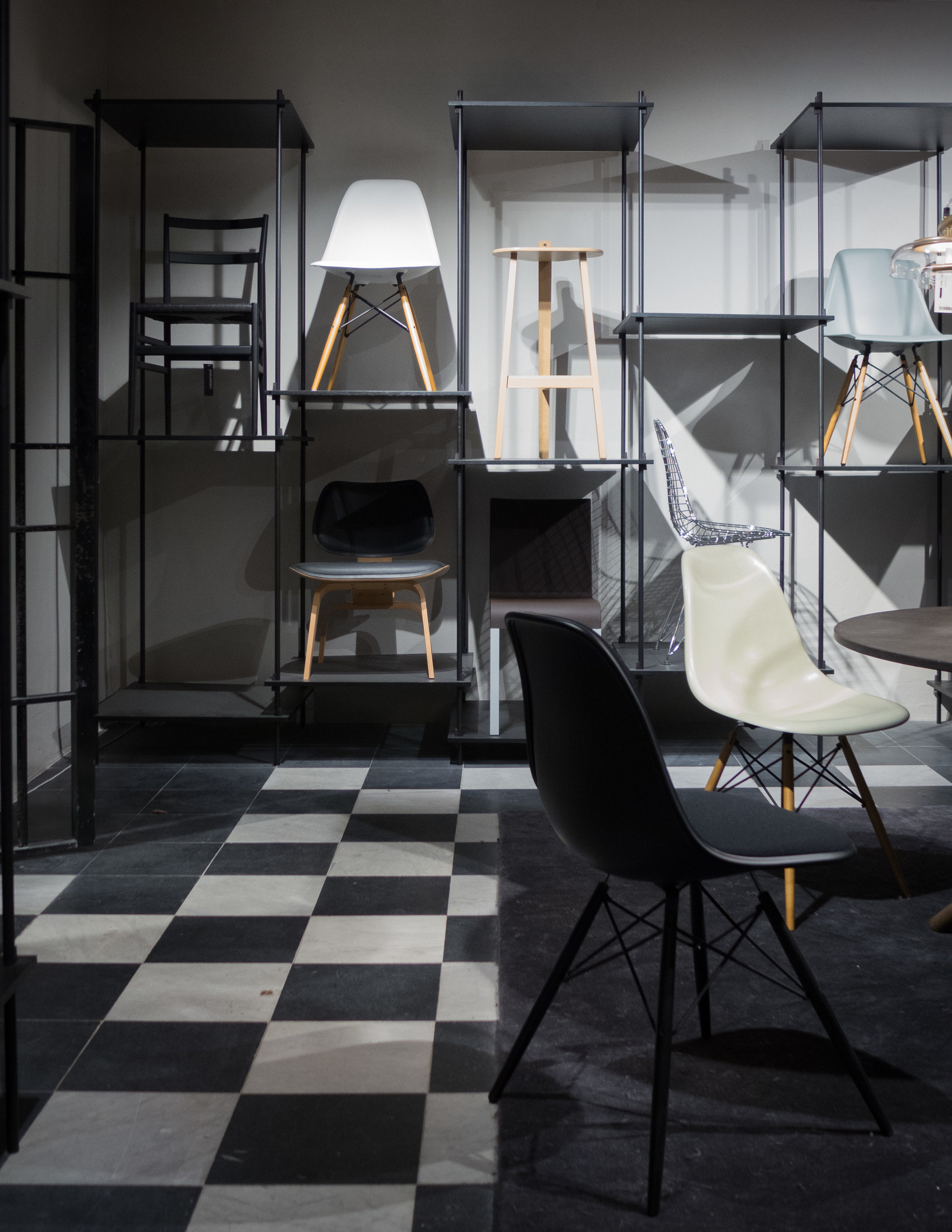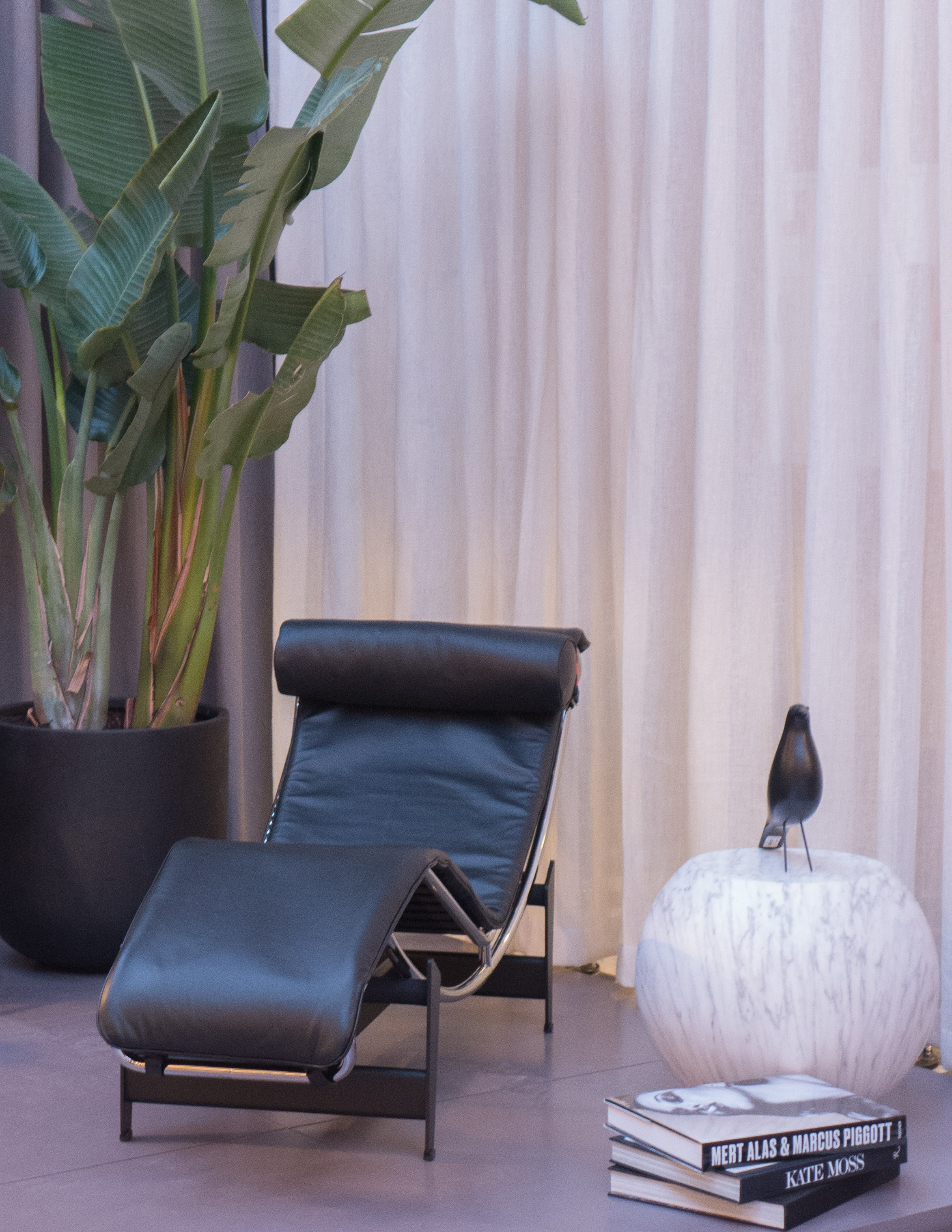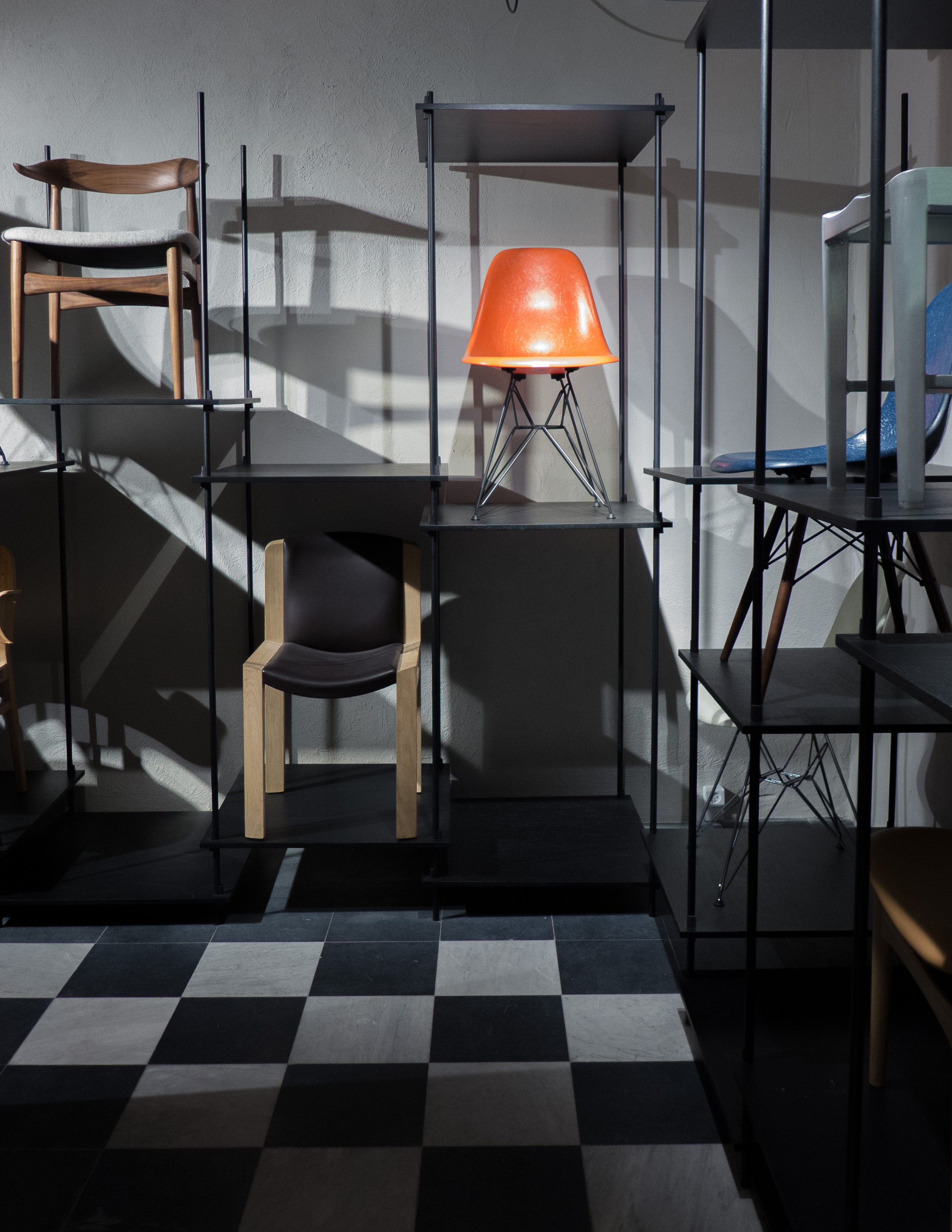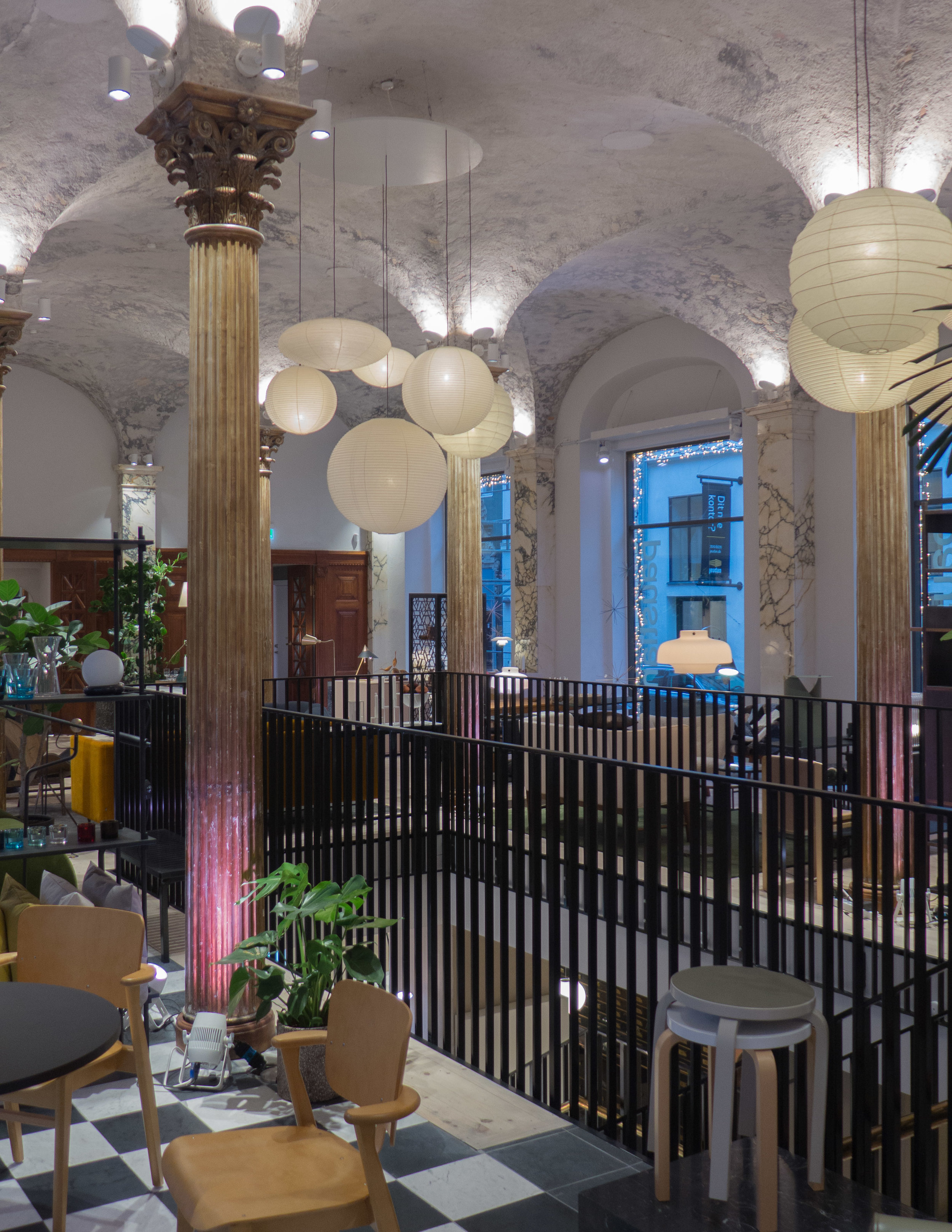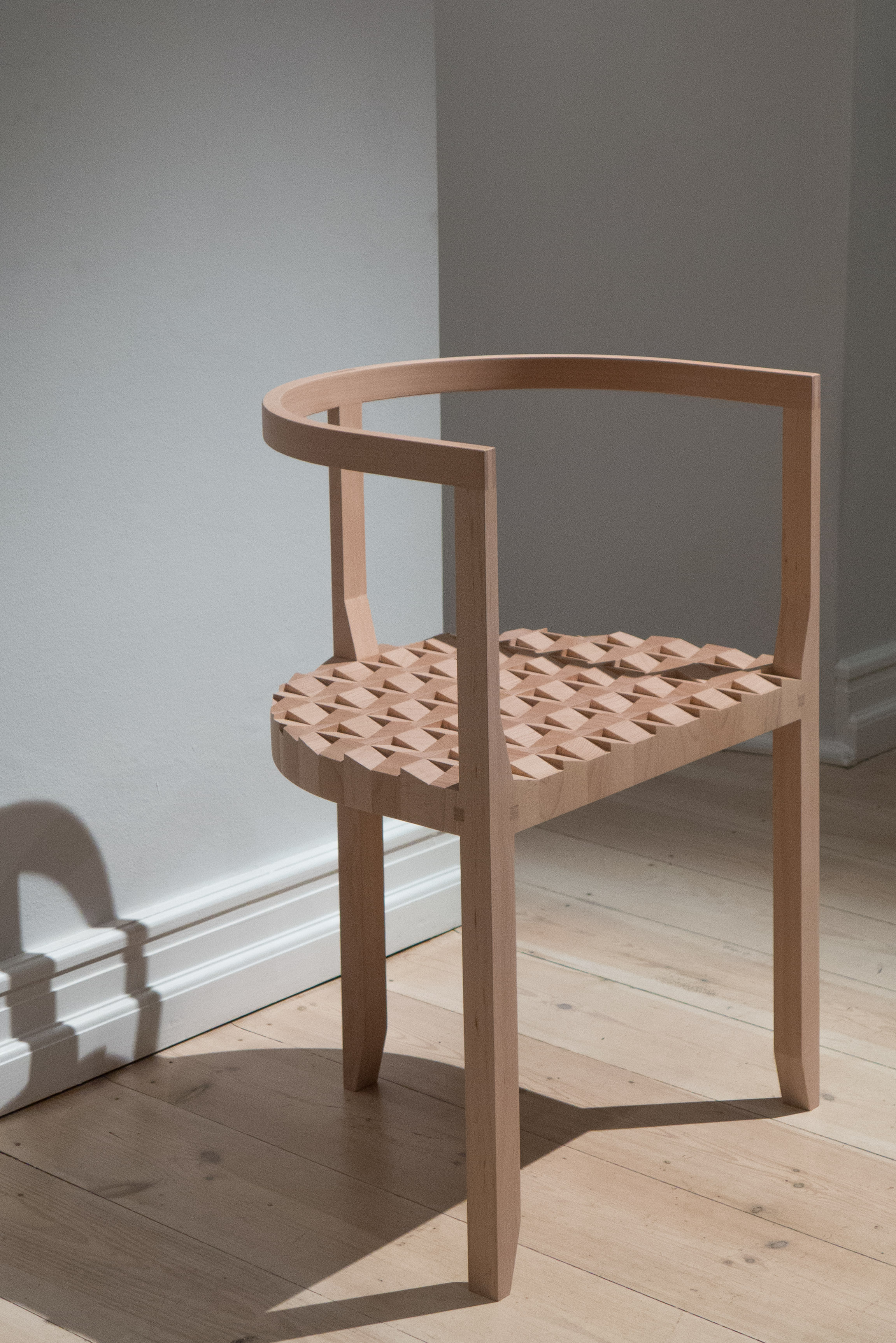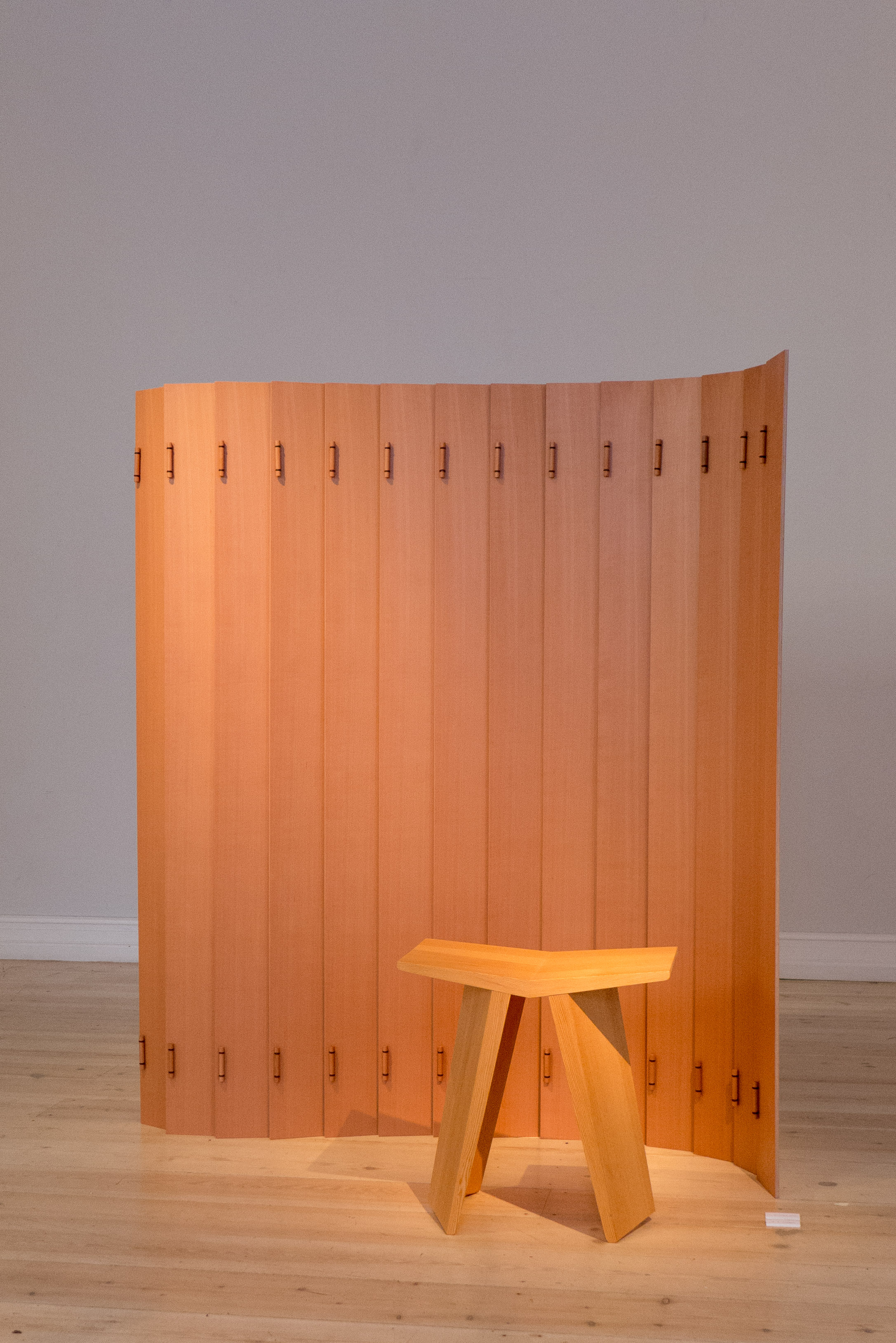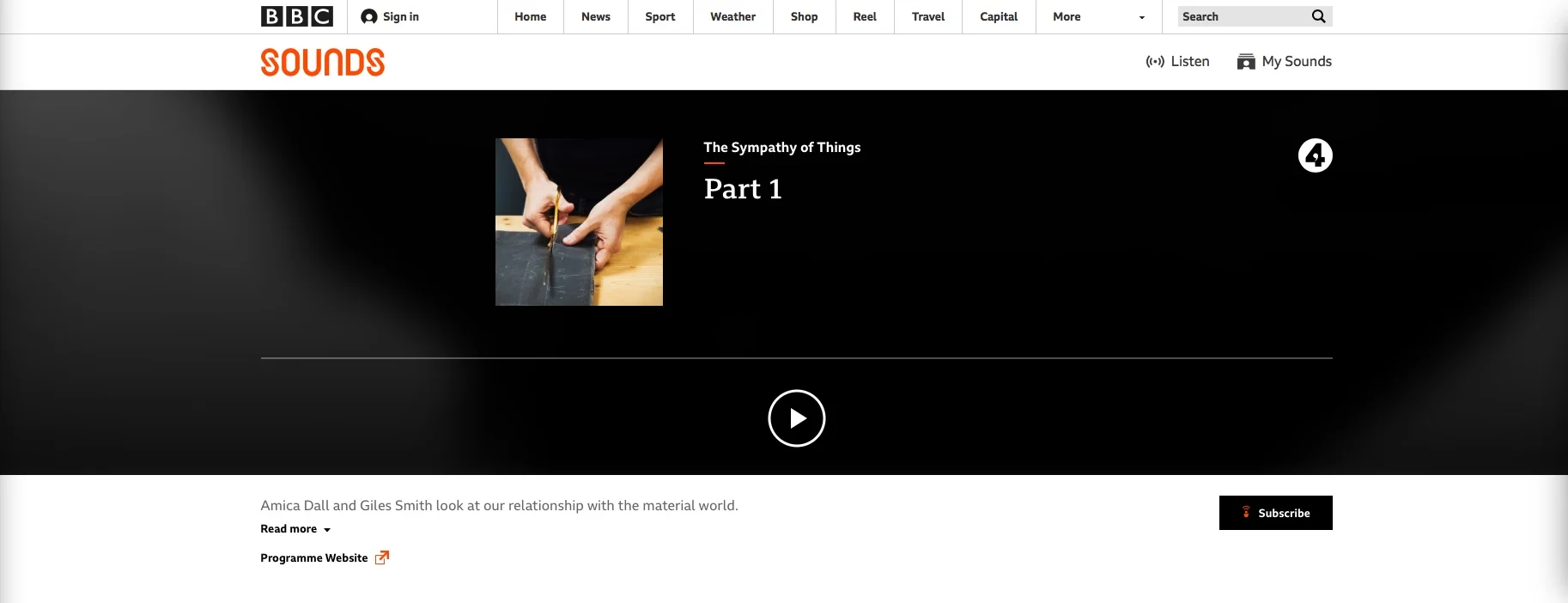Pantone Color Institute has just announced their colour for 2019 and it is or, to be accurate, it will be Living Coral.
The Institute is a unit within Pantone that "highlights top seasonal runway colors, forecasts global color trends, and advises companies on color for product and brand visual identity."
This is where, I have to confess, I'm out of my depth. I understand fairly well the role of colour in architecture and furniture design and I admire and appreciate architects and designers who have an astute sense of colour and express that in their own work. I can see also that certain colours come into fashion and certain colours become associated with a designer or a period and some colours drop from wider favour.
But is that all too rational?
Can there really be a zeitgeist tone? Can there be a spontaneous decision by enough people to find a ubiquitous colour that works for most in most situations now but then next year doesn't?
Even Pantone suggest that they chose the colour of the year by looking at trends so maybe it's more about reaching peak Coral next year from a slow start but accelerating the build up of demand.
Or is choosing a colour of the year about giving fashion houses a nudge in one direction as they drown under colour swatches unable to decide exactly which of millions and millions of colours anyone and everyone will want to buy this Spring
To be cynical is it simply about trying to herd consumers towards a colour?
Or does a choice of colour still always come down to personal taste? … Though even using that word taste means stomping onto a minefield because it is loaded with the implication that if there is good taste then what is bad taste and who has bad taste and who is to arbitrate? Or is it better to talk about someone of limited or restricted taste?
And of course personal taste in colour or, rather, having singular and peculiar taste in colour is fine if you design and make and dye or paint for yourself but more difficult if you buy something when choice is limited to what is available.
Good taste or bad taste and how we react to colour is incredibly complex … our choices of colour for our clothes or for objects for our own homes can be because they remind us, in a good way, of events and people and things from our past while our reaction to colours we don't like are often because of their association with objects that have triggered an inexplicable prejudice. I really don't like lime green (except on a lime) and I'm not keen on scarlet but have no idea why.
It might be simply that I find it difficult to understand a colour chosen just for one year because I write about furniture makers and architects so about work with a longer time frame … few of us repaint and refurnish our homes completely every Spring … although, sometimes, I wish some architects would remember that people will be looking at their buildings for the next forty or fifty or more years because then they might not have chosen that colour.
Maybe it's just that I don't understand the fashion industry or at least the part that focuses on producing today what you will want tomorrow to replace what you wore yesterday.
Maybe I can't get my head around the idea of a colour of the year because although I like well-made clothes and although I do know that certain shapes of shirt collar or width of trouser leg show everyone I've had some clothes too long, I suspect it's more to do with me being more interested in materials and textures and for furniture and clothes, that means natural materials like wool and linen and in natural colours … or at least colours pretending to be natural colours.
Yup I'm staid and boring but I will keep an eye open for anything that appears over the coming months in Living Coral but don't be surprised if I'm still only wearing black and grey as we hit 2020 and the next Pantone colour of the year.
Pantone



